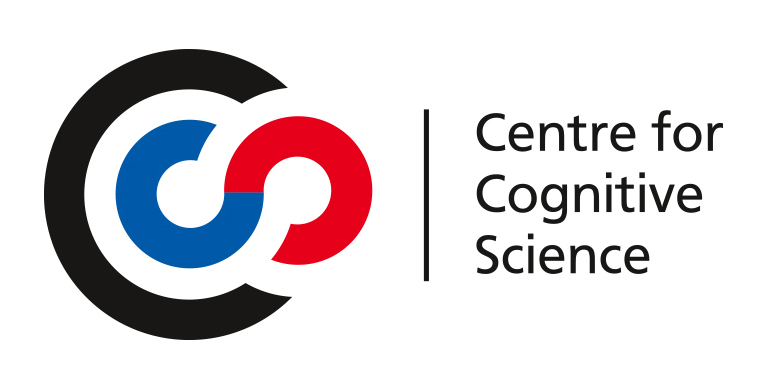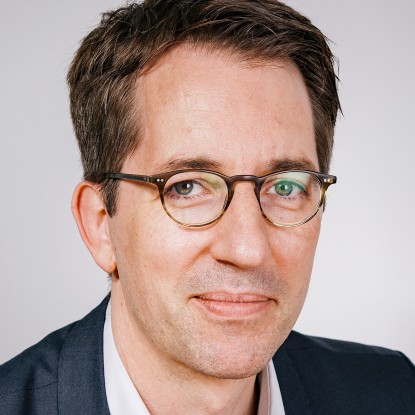Date: Wednesday, 08.05.2024 15:20-17:00 CET
Location: Building S1|15 Room 133
In case you are interested in a 1-on-1 meeting or meal with the speaker, please contact the coordinator Finja Pohlenz: finja.pohlenz@t-online.de
Abstract:
Theories of behavior posit that we are some sort of reward maximizers, and that our behaviors can be explained in terms of search for immediate and future rewards. However, some behaviors, like curiosity, seem to elude a simple explanation in terms of reward maximization. Here, we propose that all behaviors result from a reward-free principle, the maximum occupancy principle, the idea that agents aim at occupying future action-state path space while avoiding terminal states. This simple principle generates complex, seemingly goal-directed behaviors in simulated agents, such as dancing in the standard cartpole and hide-and-seek behaviors in prey-predator examples. Our theory scales up to complex agents with many body parts, spontaneously generating walking and running. Applied to neural networks, our theory predicts the presence of large activity variability, while still permitting deterministic activity modes to solve a relevant task. All in all, our theory takes variability of behavior and neural activity as a principle and paves the way for generative models of complex behavior.
Preliminary versions of our work can be found in:
Empowerment, Free Energy Principle and Maximum Occupancy Principle Compared | OpenReview


